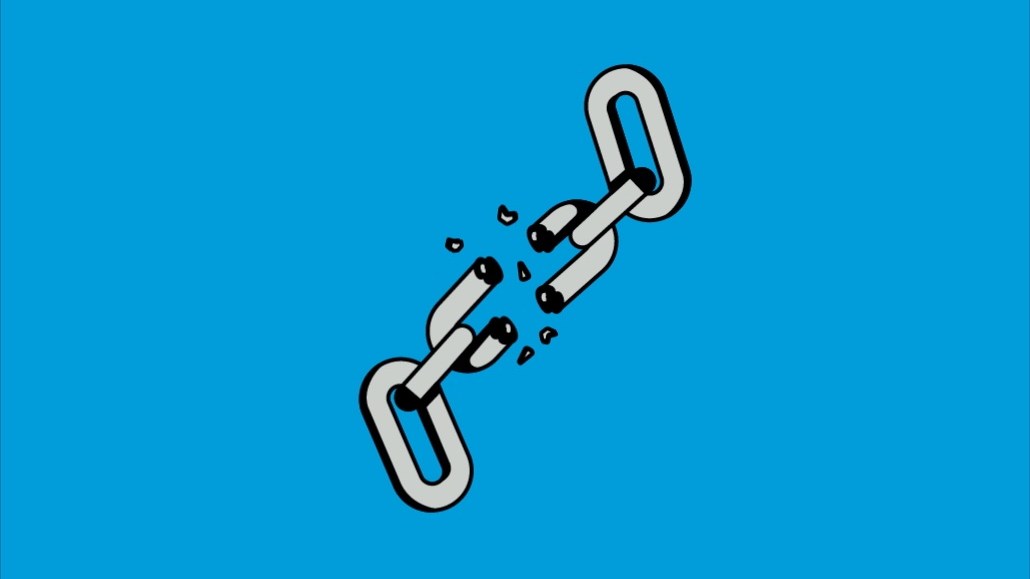Save 50% on a 3-month Digiday+ membership. Ends Dec 5.
How the new Web3 loyalty program at Starbucks will be a litmus test for the future of branded NFTs

When it comes to digital innovation, Starbucks has been a pioneer on a number of fronts. Some say its new Web3 loyalty program will be a litmus test far beyond the world of coffee.
On Thursday, the coffee giant announced the beta launch of Starbucks Odyssey, the company’s first major attempt at integrating blockchain tech into its existing rewards program. Starting with a small group of U.S. members and employees — the exact number wasn’t disclosed — Starbucks will invite participants into “journeys” that allow them to collect NFTs and points that unlock new benefits and experiences.
The ongoing crypto bear market and a backdrop of economic uncertainty have some marketers questioning if it’s even worth spending time and money on blockchain-based projects. However, Starbucks’ brand ubiquity and history of digital innovation put Odyssey even more under the microscope. Marketers and industry observers say they are watching the rollout of the program as it could be a bellwether for how much consumers are willing to care about branded NFTs.
Odyssey — which was first announced in September and that will expand to more people in January 2023 — makes Starbucks one of the largest brands to integrate NFTs into its loyalty program. That’s something companies have begun exploring while others look for ways to make digital assets more useful as interest fades for collectible NFTs. Activities will include taking a virtual tour of a coffee farm, learning about Starbucks history and playing interactive games. The rewards for collecting “stamps” (NFTs) include virtual espresso martini-making classes, access to merchandise and artist collaborations and invites to events at Starbucks stores and coffee farms.
The company declined an interview to elaborate on Odyssey. However, in a blog post, Starbucks CMO Brady Brewer described it as the “next big innovation” and a way to reward customers. “We are leveraging Web3 technology to reward and connect with our members in new ways, such as offering collectible, ownable digital stamps, a new digital community, and opening access to new benefits and immersive coffee experiences — both physically and digitally.”
Odyssey was built with the help of Forum3, a Web3 loyalty platform co-founded by someone who knows the brand very well: former Starbucks chief digital officer Adam Brotman. He developed the coffee giant’s existing loyalty program and also led the design of its mobile ordering and payment systems. Starbucks is also partnering with Nifty Gateway, a popular NFT marketplace.
Some marketers in the Web3 space say it’ll be worth paying attention to whether Web3 enthusiasts are open to a brand like Starbucks entering the space — or whether they feel the brand has over-simplified it.
Ad position: web_incontent_pos1
“The Starbucks Odyssey launch is a litmus test for Web3’s readiness to help a major QSR brand take customer engagement to the next level,” said Israel Mirsky, a partner at the innovation firm House of Attention. “As much as it is a test of the brand’s ability to build compelling experiences on top of that foundation.”
According to Mirsky, Starbucks is right to focus Odyssey on community building, fan engagement, and keeping it consistent with other parts of the brand such as its existing rewards program and digital platforms. However, success will depend on how creative the experience ends up being.
Liron Shapira, a former investor in the crypto giant Coinbase who is now a crypto-skeptic, said companies should watch for whether Odyssey succeeds as a loyalty program. But if it does, he said other companies should copy it but ditch the blockchain part since many might not even need it.
“They’re saying the user might not even know it’s a blockchain thing, which means it’s simply a loyalty program,” Shapira said. “The choice of blockchain technology to track the ledger of who currently has what in this system is insane since Starbucks is fundamentally a trusted party in the system.”
Matt Wurst, CMO and co-founder of Mint, an NFT platform for brands, said there are several key groups that will be paying close attention to whether Odyssey is a canary in the coal mine including established brands that have been early to adopt Web3 tech, other brands that have been watching from the sidelines and investors wondering whether it’s worth funding the space.
Ad position: web_incontent_pos2
Starbucks could also introduce a potential data strategy that others might want to learn from, Wurst said. The biggest challenges will be articulating the value for customers and keeping people engaged over time.
“This is a [customer relationship management] play, make no mistake,” Wurst said. “The opportunity — whether this is loyalty or membership — is to continue engaging your consumer in a different way. Email is limited. Search behavior is limited. But now we have a direct way through proof of ownership to connect with advocates, loyal consumers, or people who have visited a store or restaurant.”
More in Marketing

Ulta, Best Buy and Adidas dominate AI holiday shopping mentions
The brands that are seeing the biggest boost from this shift in consumer behavior are some of the biggest retailers.

U.K. retailer Boots leads brand efforts to invest in ad creative’s data layer
For media dollars to make an impact, brands need ad creative that actually hits. More CMOs are investing in pre- and post-flight measurement.

‘AI is permeating everything we do’: How Guitar Center developed 2 AI tools this year
This summer, the company launched a chatbot called Rig Advisor to help customers find the right instruments and products.
Ad position: web_bfu





